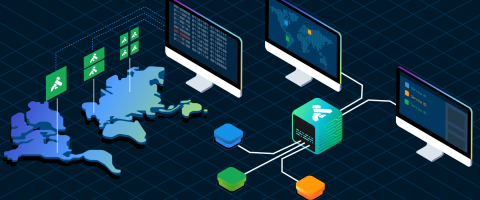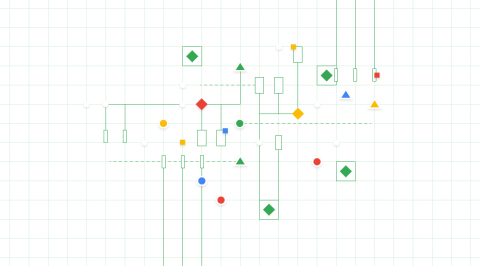4 Tips for Better API Security in 2019
Whether in the tech press or analyst reports, it became more common in 2018 to see the words “API” and “security”—or worse, “API” and “breach”—together in the same headline. APIs are not only the connective tissue between applications, systems, and data, but also the mechanisms that allow developers to leverage and reuse these digital assets for new purposes.











